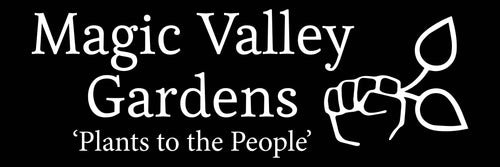
Understanding Hardiness Zones: A Guide to Choosing Plants for Your Climate
Hardiness zones are a system gardeners and plant enthusiasts use to determine which plants are best suited for their specific climate. The zones are based on average minimum temperatures and are divided into 11 zones, ranging from 1 (coldest) to 11 (warmest). Understanding your hardiness zone can help you select plants more likely to thrive in your area, saving you time, money, and frustration.
To find out your hardiness zone, you can consult a hardiness zone map, which can be found online or at your local nursery. These maps typically show the boundaries of each zone and provide information about the average minimum temperature for that zone.
Once you know your hardiness zone, you can use that information to select plants best suited for your climate. For example, if you live in a colder zone, choose more cold-hardy plants, such as evergreens or conifers. If you live in a warmer zone, you might opt for plants that thrive in heat and humidity, such as tropical plants or succulents.
It’s important to note that hardiness zones are not the only factor to consider when selecting plants for your garden or landscape. Other factors, such as soil type, sunlight exposure, and moisture levels, also affect plant success. It’s always a good idea to research and consult with local experts, such as your county extension office or a nursery professional, to ensure that you select plants appropriate for your specific growing conditions.
In conclusion, understanding your hardiness zone is essential in selecting plants that are more likely to thrive in your climate. By taking the time to research and choose appropriate plants, you can create a beautiful, healthy garden or landscape that will provide enjoyment for years to come.



